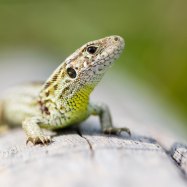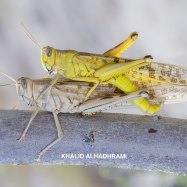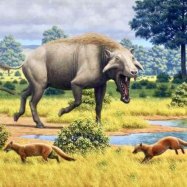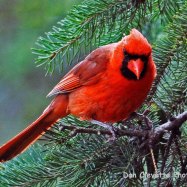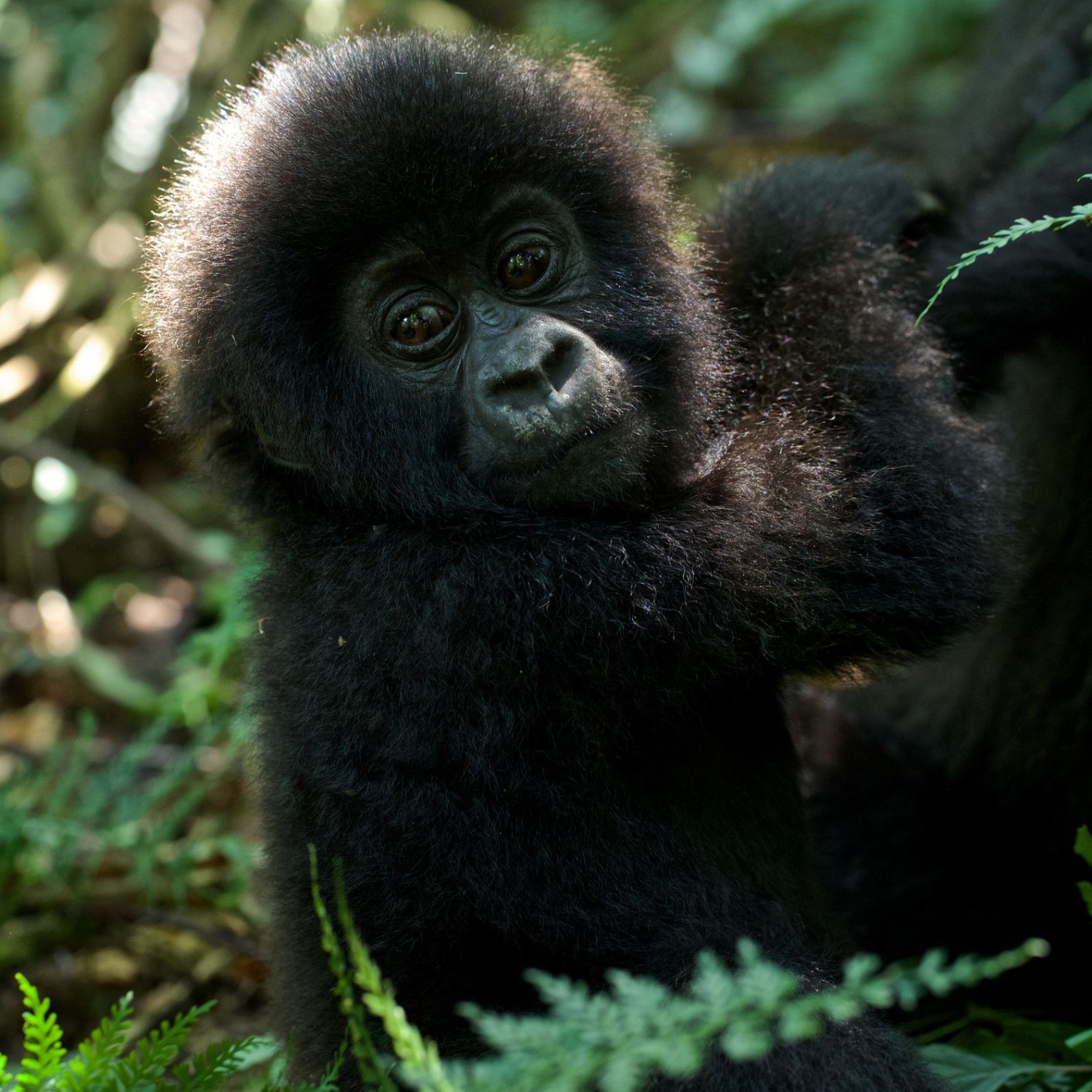
Mountain Gorilla
1.4 to 1.8 meters
Meet the majestic Mountain Gorilla, one of the largest primates in the world. These gentle giants can reach lengths of 1.4 to 1.8 meters and are found in the Virunga Volcanoes and Bwindi Impenetrable Forest. They belong to the Hominidae family and have a large, robust, and heavily built body. These endangered animals are a must-see for any wildlife enthusiast and are a reminder of the importance of preserving our natural world. #MountainGorilla #EndangeredSpecies #NatureConservation
Animal Details Summary:
Common Name: Mountain Gorilla
Kingdom: Animalia
Habitat: Mountain forests
The Majestic Mountain Gorilla: A Fascinating and Endangered Species
Deep in the lush, mountainous forests of Rwanda, Uganda, and the Democratic Republic of Congo, a majestic and awe-inspiring creature roams. It is the mountain gorilla, with its strong and robust physique, intelligent eyes, and striking black coat. Considered to be one of the most fascinating and endangered animals in the world, the mountain gorilla is a species that deserves our attention and protection.Classification and Habitat
Scientifically known as Gorilla beringei beringei, the mountain gorilla belongs to the kingdom Animalia, the phylum Chordata, the class Mammalia, and the order Primates Mountain Gorilla. It is a member of the Hominidae family, which includes humans, chimpanzees, and orangutans. This makes the mountain gorilla one of our closest relatives, sharing over 98% of our DNA.
As the name suggests, mountain gorillas live in elevated habitats, specifically in the mountainous forests of Eastern Democratic Republic of Congo, Rwanda, and Uganda. They can be found in two main locations: the Virunga Volcanoes and the Bwindi Impenetrable Forest. These regions provide the necessary food sources and protection for these gentle giants.
Feeding and Physical Characteristics
Mountain gorillas are primarily herbivores, with a diet consisting mainly of leaves, shoots, and stems from various plant species. Due to their large size, they can consume up to 40 pounds of vegetation per day, spending a significant amount of time foraging for food.
One of the most noticeable physical characteristics of the mountain gorilla is its rough and thick black coat, which helps keep them warm in their cool and damp mountain dwellings. They also have a distinctive shape, with a large, robust, and heavily built body, short arms, and a broad chest Muscovy Duck. On average, they can reach a length of 1.4 to 1.8 meters and weigh around 140 kg. However, males can weigh up to 200 kg, making them one of the largest living primates.
Behavior and Social Structure
Mountain gorillas are intelligent and highly social creatures, with a complex social structure. They live in family groups led by a dominant male, called a silverback, who is easily recognized by the silvery hair on his back. These groups can range from 5 to 30 individuals, consisting of females, their offspring, and a few younger males.
The silverback is responsible for leading and protecting the group, as well as making important decisions. He maintains order and resolves conflicts within the group, using his loud vocalizations and displays of strength to intimidate rivals. Despite their large size and strength, mountain gorillas are gentle animals and are rarely aggressive. They are known for their calm and peaceful demeanor, making them a fascinating species to observe.
Threats and Conservation
Sadly, the mountain gorilla population has faced numerous threats over the years, mainly due to human activities. The destruction of their natural habitat for agriculture and human settlement has significantly reduced their home range and caused fragmentation of their populations. This has also resulted in an increase in human-wildlife conflicts, as mountain gorillas sometimes raid crops in search of food.
Additionally, illegal poaching for bushmeat and the highly valuable gorilla body parts have severely affected the mountain gorilla population. The population was estimated to be only 680 individuals in 2008, making them critically endangered. Thanks to conservation efforts and strict laws, the current population has increased to around 1,063 individuals. However, this number is still alarmingly low, and the mountain gorilla remains one of the most endangered species in the world.
Conservation Efforts
Fortunately, there is still hope for the mountain gorillas thanks to the dedicated efforts of conservation organizations and local communities. One of the most successful conservation initiatives is the work of the International Gorilla Conservation Programme (IGCP), which focuses on habitat protection, community-based conservation, and research.
The governments of Rwanda, Uganda, and the Democratic Republic of Congo have also been instrumental in protecting mountain gorillas by establishing national parks and implementing laws to protect them. Tourism, through gorilla trekking, has also played a significant role in generating income for conservation efforts while promoting awareness and appreciation for this magnificent species.
The Role of Technology
In recent years, technology has also played a vital role in the protection and conservation of mountain gorillas. For instance, remote-sensing cameras have been used to monitor their movements, behavior, and population. This technology has also been used to detect illegal activities and poaching in protected areas, leading to successful arrests and seizures of illegal products.
Additionally, artificial intelligence (AI) is being used to analyze and identify individual gorillas based on their facial features and distinguish them from other animals. This enables researchers to keep track of the population and monitor their health and well-being.
The Need for Continued Conservation Efforts
While the increase in population is encouraging, the mountain gorilla is still a critically endangered species, and its survival is not yet guaranteed. Continued conservation efforts are crucial to ensuring the long-term survival of this magnificent animal.
There is a need for continued education and awareness to reduce human-wildlife conflicts and to promote sustainable tourism practices. Communities living around gorilla habitats must also be involved in conservation efforts by providing alternative sources of income and sensitizing them on the importance of protecting these animals.
Conclusion
In conclusion, the mountain gorilla is a fascinating and magnificent species that occupies a special place in our world. Its close relation to humans and its gentle nature make it a species that deserves our utmost protection and conservation efforts. With the help of technology, dedicated conservation organizations, and local communities, we can ensure that these gentle giants continue to roam and thrive in their natural habitat for generations to come. Let us all play our part in protecting these endangered mountain gorillas and their fragile ecosystem.

Mountain Gorilla
Animal Details Mountain Gorilla - Scientific Name: Gorilla beringei beringei
- Category: Animals M
- Scientific Name: Gorilla beringei beringei
- Common Name: Mountain Gorilla
- Kingdom: Animalia
- Phylum: Chordata
- Class: Mammalia
- Order: Primates
- Family: Hominidae
- Habitat: Mountain forests
- Feeding Method: Herbivorous
- Geographical Distribution: Eastern Democratic Republic of Congo, Rwanda, Uganda
- Country of Origin: Democratic Republic of Congo, Rwanda, Uganda
- Location: Virunga Volcanoes, Bwindi Impenetrable Forest
- Animal Coloration: Black with a rough coat
- Body Shape: Large, robust and heavily built
- Length: 1.4 to 1.8 meters
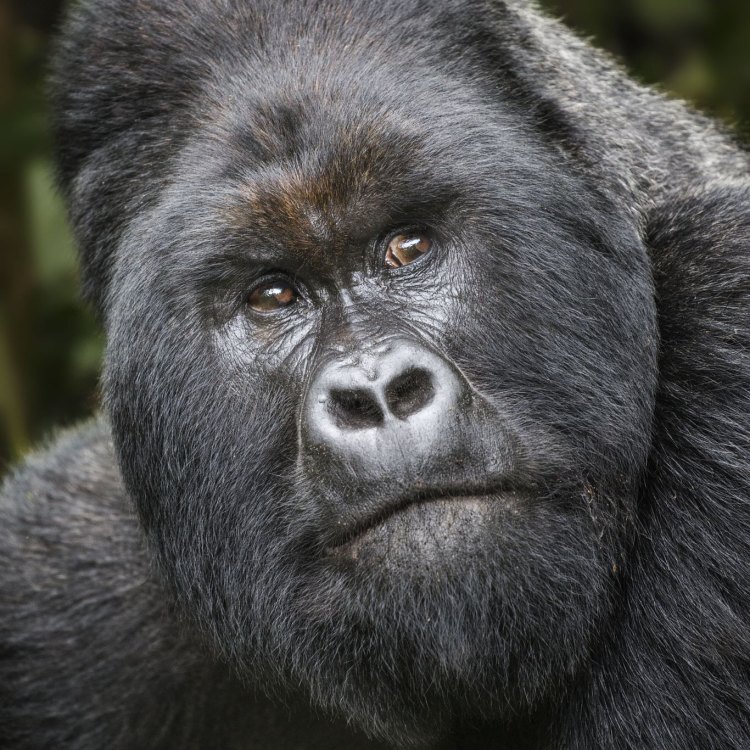
Mountain Gorilla
- Adult Size: Approximately 1.4 meters to 1.8 meters tall
- Average Lifespan: 35 to 40 years
- Reproduction: Sexual reproduction
- Reproductive Behavior: Polygamous
- Sound or Call: Grunt, barks, and chest beats
- Migration Pattern: Non-migratory
- Social Groups: Multimale-multifemale groups
- Behavior: Diurnal, social, and peaceful
- Threats: Poaching, habitat loss, diseases
- Conservation Status: Critically Endangered
- Impact on Ecosystem: Seed dispersal
- Human Use: Tourism, research
- Distinctive Features: Large body size, massive head, and strong jaws
- Interesting Facts: Mountain gorillas are the largest living primates
- Predator: Humans
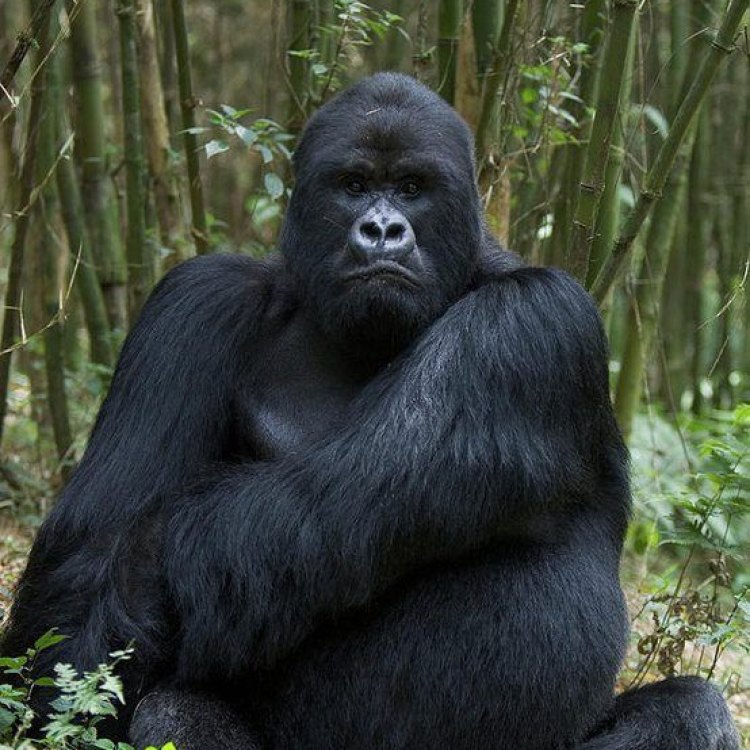
Gorilla beringei beringei
The Mighty Mountain Gorilla: A Captivating Creature in Danger
In the vast landscapes of central Africa, lies one of the most enigmatic and awe-inspiring creatures - the mountain gorilla. Standing at an impressive 1.4 to 1.8 meters tall, with a lifespan of 35 to 40 years, the mountain gorilla is a majestic and majestic creature that has captured the hearts of people around the world PeaceOfAnimals.Com.The mountain gorilla, also known as the eastern gorilla, is one of the two subspecies of the eastern gorilla, with the other being the Grauer's gorilla. Found in the mountainous regions of Uganda, Rwanda, and the Democratic Republic of Congo, these gentle giants have been the subject of many studies, documentaries, and conservation efforts.
One of the most distinctive features of the mountain gorilla is its sheer size. With an average weight of 200 kilograms, they are the largest living primates. Their massive head and strong jaws are indicative of their powerful build, making them a sight to behold. However, despite their intimidating size, these creatures are known for their gentle and peaceful nature.
Reproduction in mountain gorillas follows the same pattern as most mammals with sexual reproduction. Males compete for dominance within their social groups, and the strongest male is chosen as the leader. The leader, also known as the silverback due to the silvery-gray fur on its back, is responsible for protecting the group and mating with the females Marine Toad.
Speaking of social groups, mountain gorillas live in what is known as multimale-multifemale groups. This means that there are multiple males and females in one group, along with their offspring. This social structure is essential for their survival as they rely on each other for safety, food, and reproduction. In these groups, females tend to the young ones, while males protect the group and compete for mating rights.
Interestingly, mountain gorillas are also known to be polygamous. This means that a male gorilla can have multiple mates within the same group. This ensures genetic diversity within the group and increases the chances of survival for their offspring.
One of the most distinctive behaviors of mountain gorillas is their vocalization. They communicate through a variety of sounds, including grunts, barks, and chest beats. These sounds serve as a means of warning, expression of dominance, and bonding within the group. They also use non-verbal communication, such as body language and facial expressions, to convey their emotions and intentions.
Mountain gorillas are diurnal animals, meaning they are most active during the day. They spend most of their day foraging and resting, with the silverback leading the group to food sources. They consume a variety of plants and vegetation, including leaves, stems, and fruits. This varied diet is essential for their survival and helps maintain their large size and strength.
Despite their peaceful nature, mountain gorillas face many threats in their natural habitat. The primary threat to their survival is human activity, specifically poaching and habitat loss. These animals are poached for their body parts, which are believed to have medicinal properties. Moreover, their habitat is being destroyed by deforestation, agriculture, and mining, leaving them with limited food and shelter. Additionally, they are vulnerable to diseases transmitted by humans, such as Ebola and respiratory infections.
These threats have led to mountain gorillas being classified as critically endangered by the International Union for Conservation of Nature (IUCN). There are estimated to be less than 1,000 individuals remaining in the wild, making them one of the most endangered species on Earth.
The conservation efforts for mountain gorillas have been ongoing for many years, with the goal of protecting these magnificent creatures and their habitat. One of the key initiatives has been the establishment of protected areas, such as national parks and reserves, where these animals can thrive without human disturbance. Anti-poaching units have also been set up to prevent illegal hunting and provide support for law enforcement.
One of the most successful conservation measures has been gorilla tourism. This involves carefully planned and monitored visits to see the mountain gorillas in their natural habitat. Tourism not only brings in revenue for the conservation efforts but also raises awareness and support for the protection of these animals.
Apart from their impact on tourism, mountain gorillas also play a crucial role in their ecosystem. As seed dispersers, they help maintain a healthy balance in their environment by contributing to the growth and survival of plant species. This, in turn, has wider implications for the survival of other animals and the stability of the ecosystem as a whole.
Furthermore, mountain gorillas have also been a vital subject of scientific research. Scientists have studied their behavior, social structure, and genetics to gain a better understanding and appreciation of these creatures. They have also been used as a model for understanding human evolution and behavior, highlighting the importance of preserving their existence.
As we marvel at the uniqueness and magnificence of the mountain gorilla, it is crucial to remember that they are still in danger. It is our responsibility to protect and preserve these gentle giants for future generations. Whether through conservation efforts, responsible tourism, or supporting research, we can all play a role in ensuring the survival of these incredible creatures.
In the face of threats and challenges, the mountain gorilla stands tall as a symbol of resilience and survival. Let us join hands to protect and cherish this magnificent creature, for their sake and for the betterment of our planet.
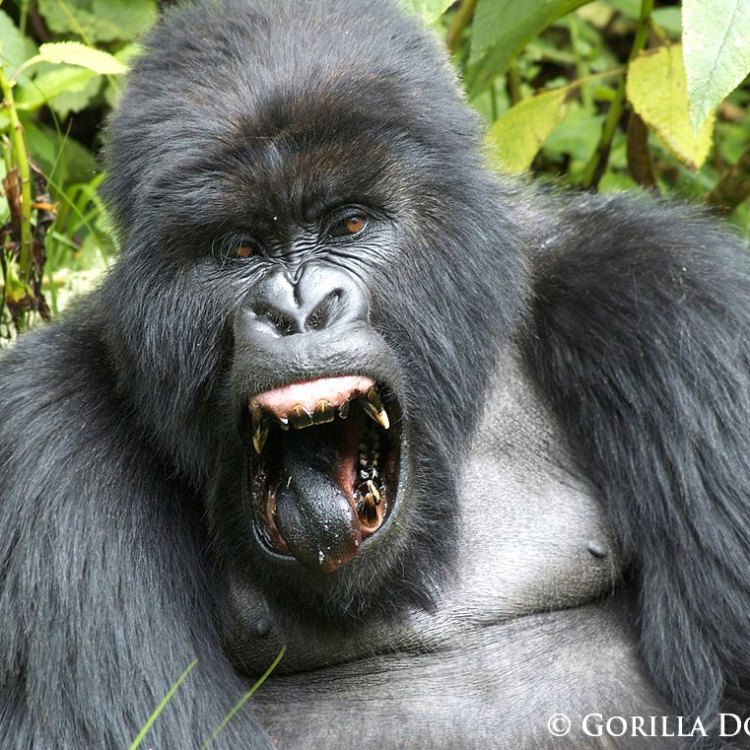
The Majestic Mountain Gorilla: A Fascinating and Endangered Species
Disclaimer: The content provided is for informational purposes only. We cannot guarantee the accuracy of the information on this page 100%. All information provided here may change without prior notice.

